Inverness is on the verge of becoming a world-leading centre for producing life-saving materials that could massively reduce hospital infections.
The ground-breaking work will see the development of next generation medical nanotechnology products for the NHS and other markets.
It will include the commercial development of antimicrobial coatings to kill bacteria on medical instruments and surfaces such as door handles.
The ultrahard adhesive coatings can kill bugs and destroy viruses. This in turn could help to reduce hospital acquired infections (HAIs), cut serious illness and even prevent deaths.
The work will be carried out at the new life sciences innovation centre.
New centre opened by Princess Royal
The £9.5 million centre is a collaboration by the University of the Highlands and Islands (UHI) and Highlands and Islands Enterprise (HIE). It was officially opened by The Princess Royal, Chancellor of UHI.
Professor Alistair Kean is developing the antimicrobial coatings.
In 2021, researchers found that 7,500 hospital patients develop HAIs, costing the NHS £46.4 million annually.
Prof Kean is developing a technique called physical vapour deposition (PVD) to make equipment antimicrobial and antiviral.
This process produces a metal vapour that can coat various materials and can be as effective as bleach.
“We can have a massive impact. We can make coatings that can kill bugs and destroy viruses”, said Prof Kean.
Preventing infection transmission
“If you think of something you can see in a hospital that you might touch and get infected, we can make it antimicrobial and kill up to 99.9999% of the bugs present.
“Although there are existing practices to ensure hospitals are clean and safe, it is still highly likely that HAIs will occur as cleaning will not pick up everything.
“This is a belt and braces approach. It’s not designed to replace cleaning, but to work together with existing good practices to prevent infection transmission.”
Prof Kean said bugs can lie dormant on stainless steel surfaces for three to four months. But using the antimicrobial coating can wipe them out.
As well as medical applications, the technology could be used to provide coatings for touchscreens in places like airports and railway stations.
He is applying for a NHS grant to test the coating in hospital settings.
“What I want to do for Inverness is site a company on the Inverness Campus where we mass produce antimicrobial coatings for healthcare products.”
He said this could be up and running within a year and create 12 jobs initially and up to 50 longer-term.
“We’re desperate to get it into production and we’re pretty close. We only require customer engagement right now.”
Head of health research Prof Ian Megson says the work at the innovation centre can give Inverness the edge in a highly competitive field.
“We ask clinicians what the problems are, how can we prevent them or reduce the incidence.
“It’s about medicine informing us what the problems are, us working to come up with solutions and then working with a company to get that to market.”
Innovative heart treatment devices project
One project being progressed is the creation of new medical devices which could reduce the risks and complications of treating coronary heart disease.
UHI and Raigmore clinicians are working with the University of St Andrews, Queen’s University Belfast and commercial companies. They are developing materials that allow the release of an active agent – nitric oxide (NO) – from the surface of medical devices.
This can prevent problems such as blood clotting and spasm which can occur when using medical devices inside arteries.
The project was recently awarded nearly £1 million from the Engineering and Physical Sciences Research Council.
Prof Megson said as the project grows it will need new premises and Inverness is a candidate.
“The attraction here is it’s next door to medics involved in the project and we have expertise in terms of biological testing on the doorstep.”
The centre will also include an active health hub.
Work has already taken place with cardiac patients taking part in Inverness Caledonian Thistle Community Trust’s fitness programme.
Students are also working on designing high-intensity interval training for patients with heart failure.
The centre is also evaluating a phone app used to provide physio-supported exercise for people with hip or knee problems.
App could help joint pain recovery
The Joint Academy app connects patients with a registered physiotherapist to provide information about chronic joint pain.
It encourages users to do five minutes of tailored exercises a day to help ease pain and restore movement.
Other programmes are being developed for people to use at home to cut down on travel and save costs.
Professor Trish Gorely is with the department of nursing and midwifery.
She said: “It’s fantastic to have this building which allows us to do lots of proof of concept work we couldn’t do without it.
“But it is ultimately about coming up with programmes and strategies to have people self-manage their health in their homes and in their own communities.”
Are you interested in all the latest news and updates from Inverness? If so, why not join our new Facebook group.
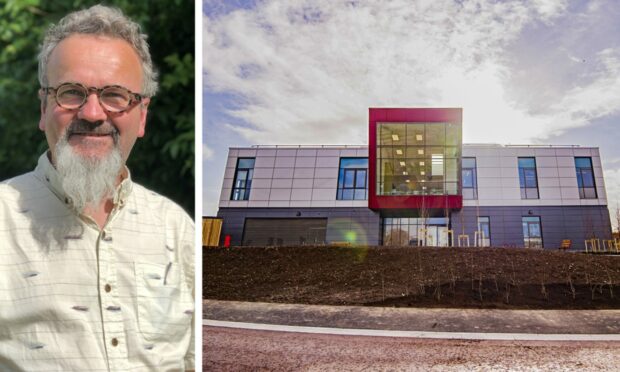
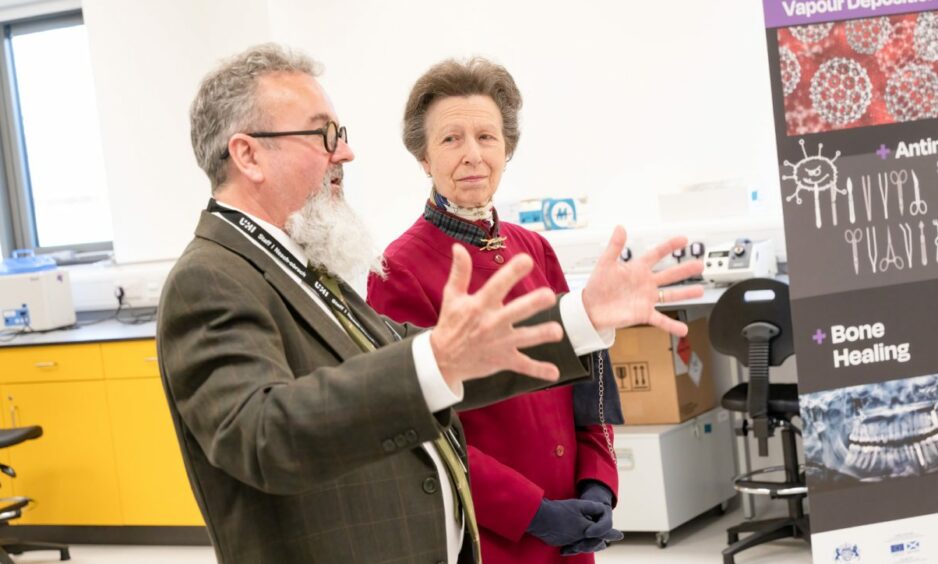


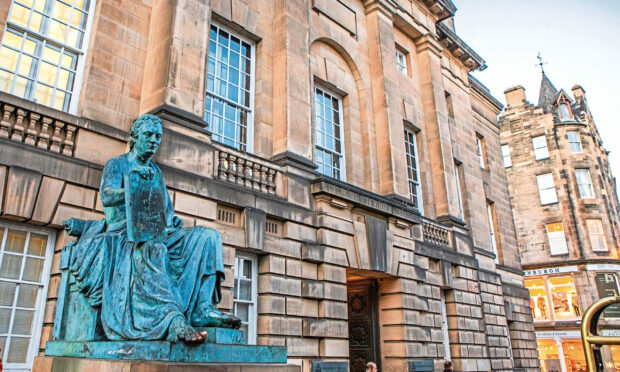
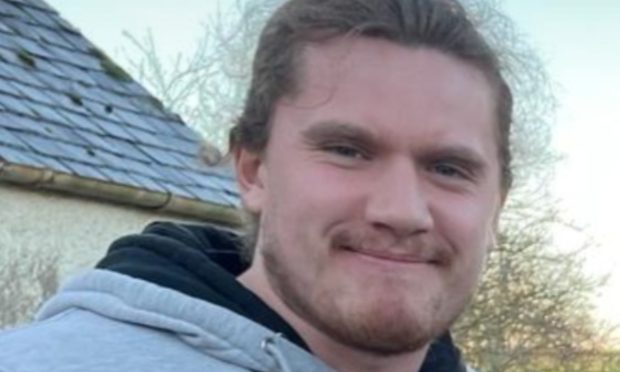


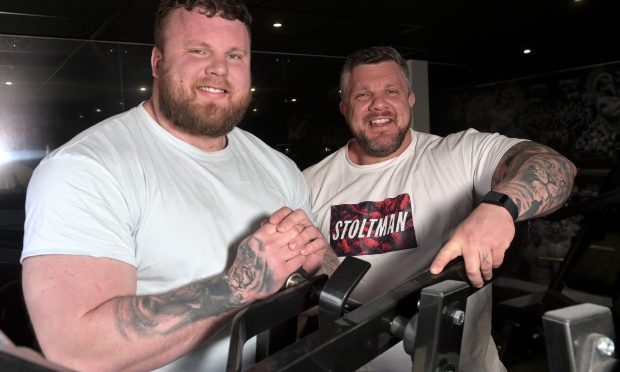
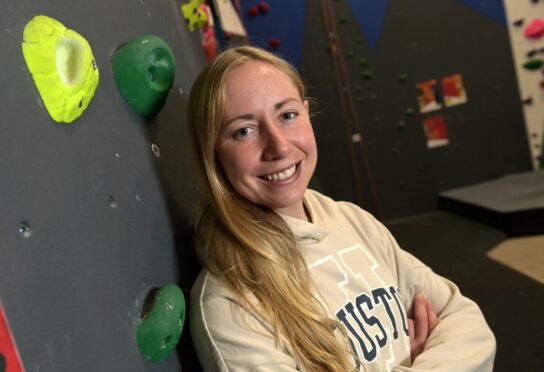

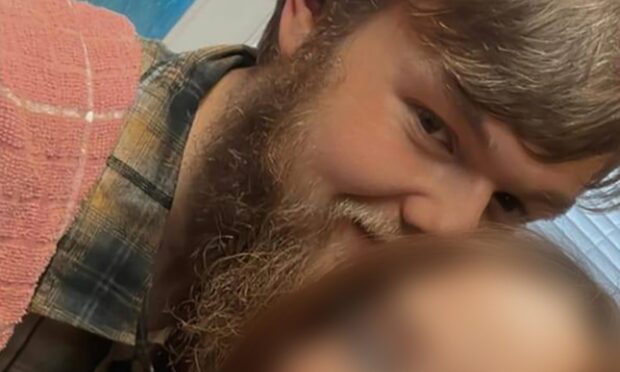


Conversation